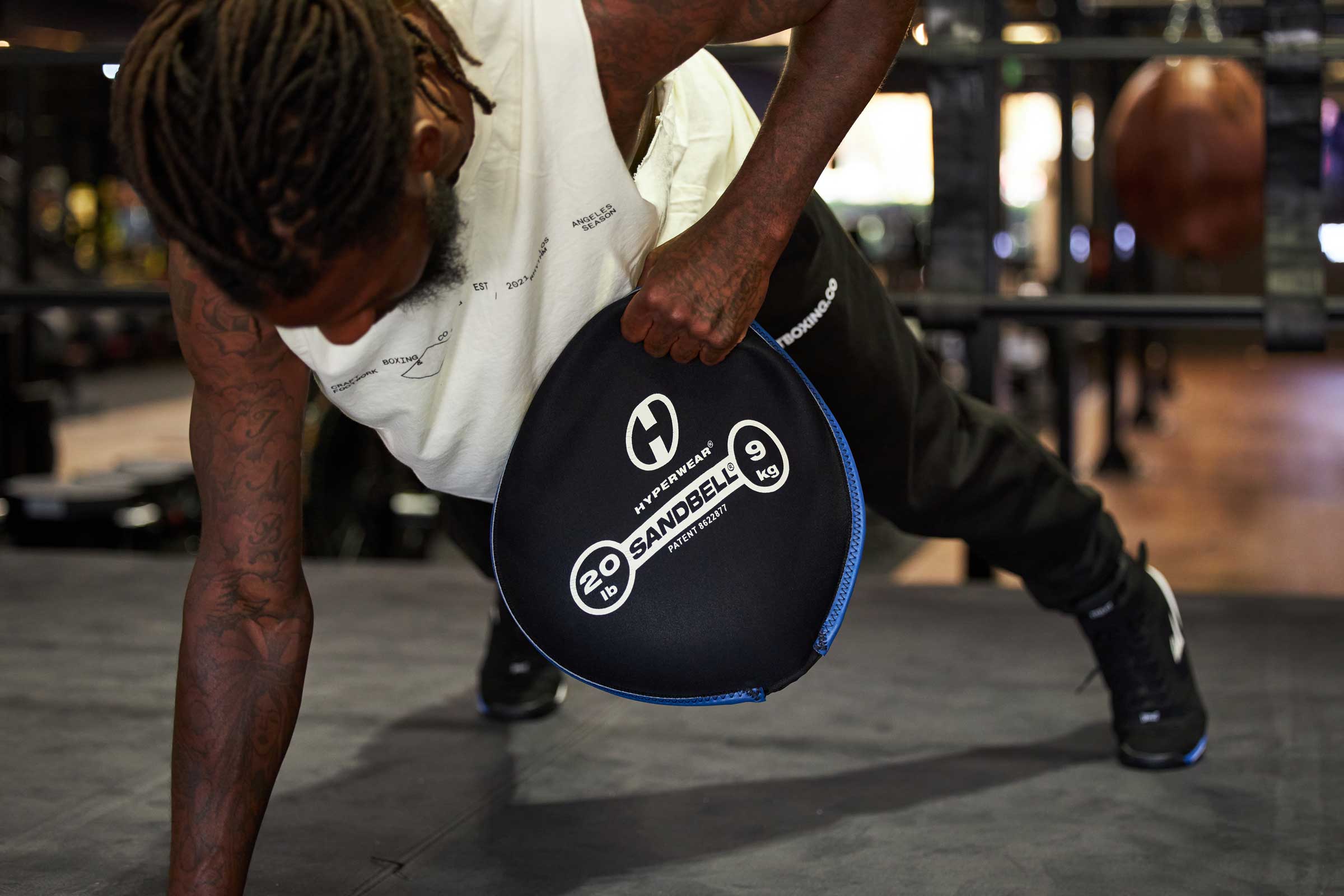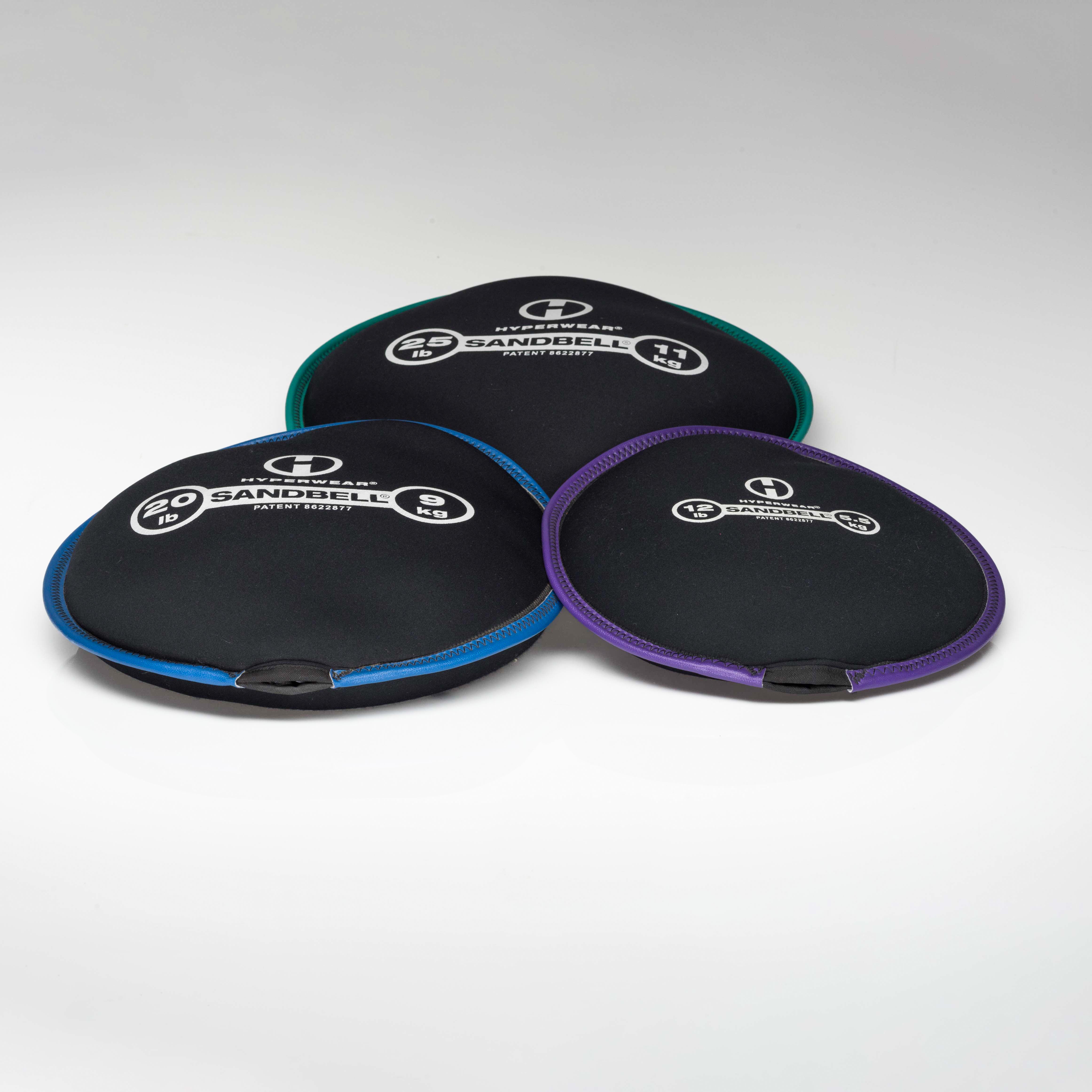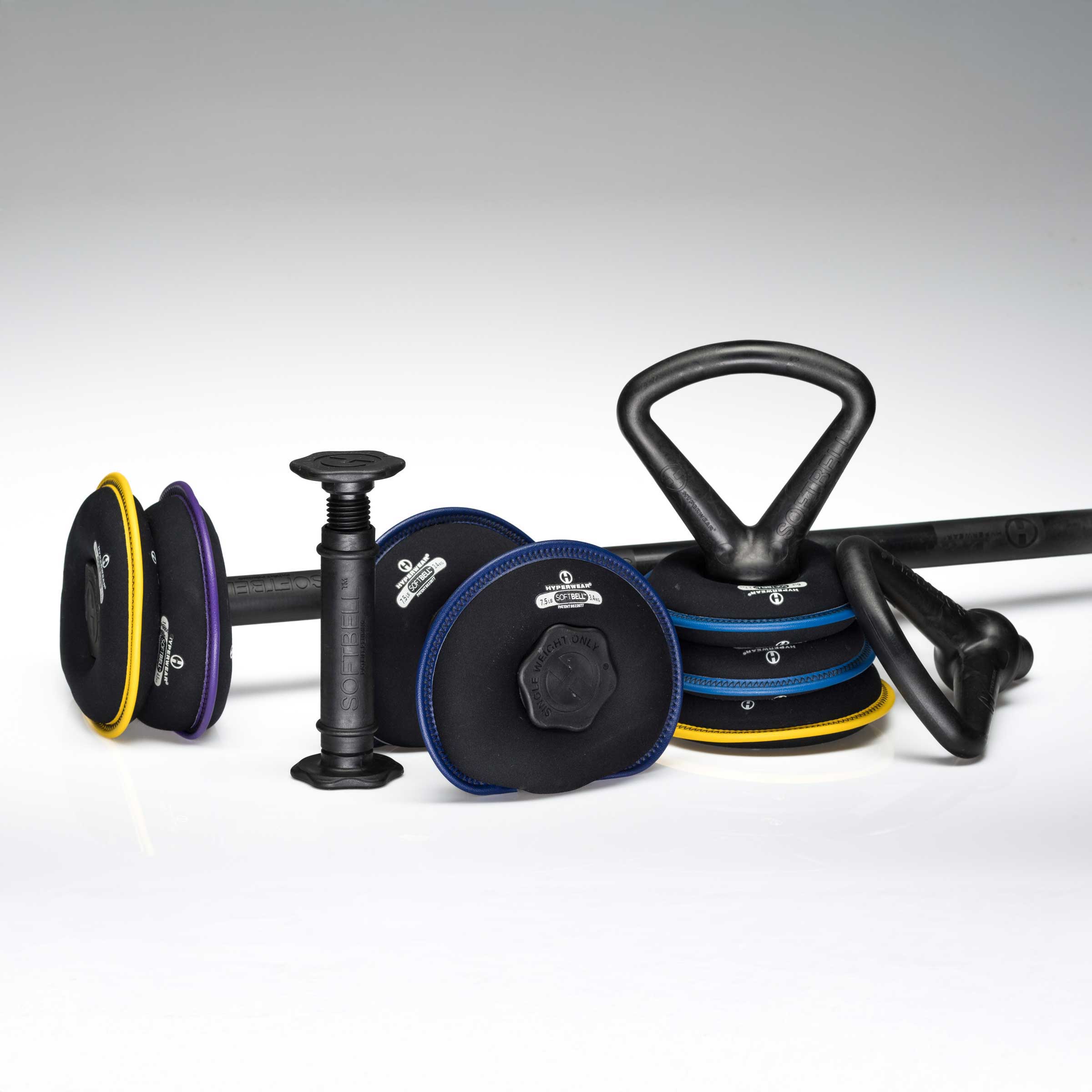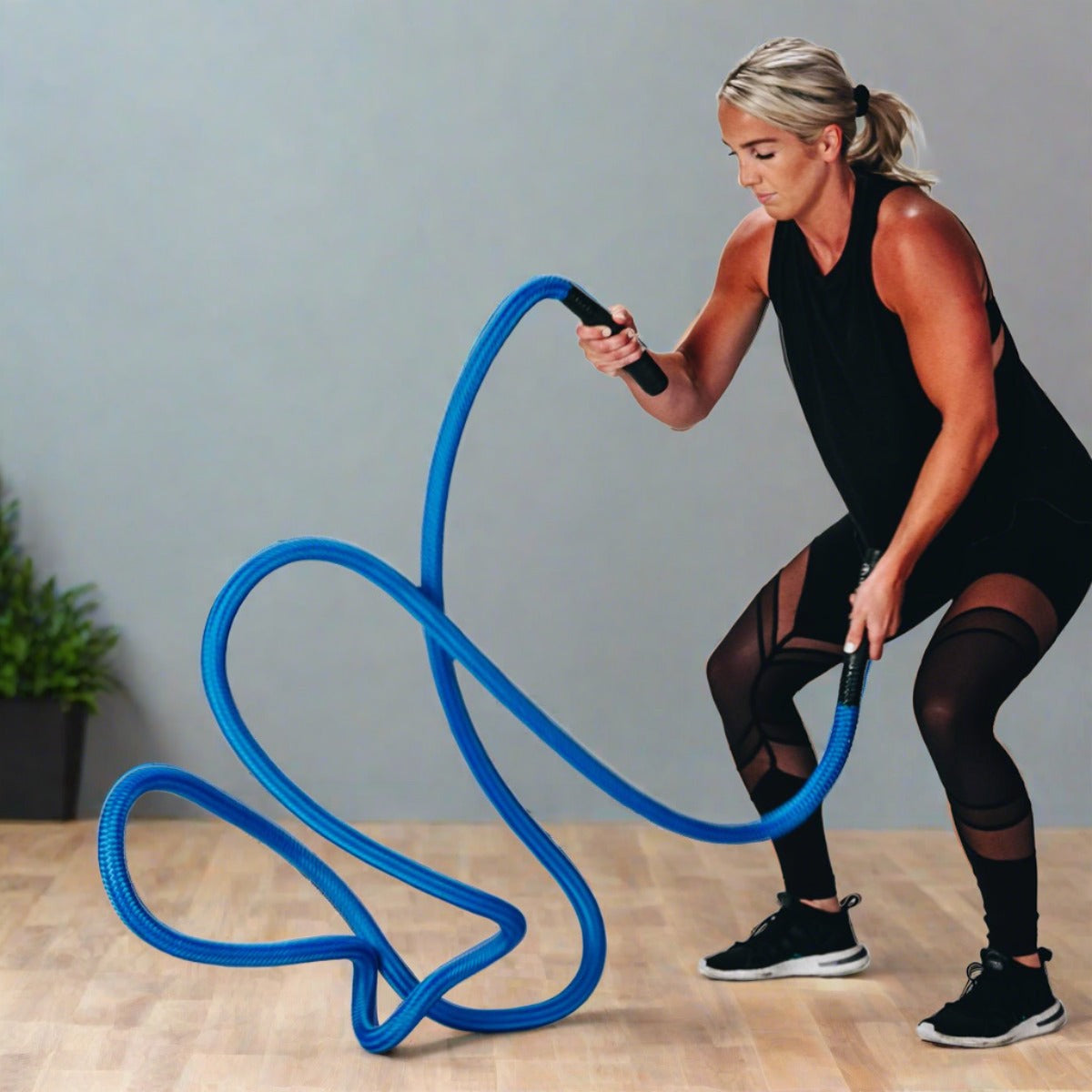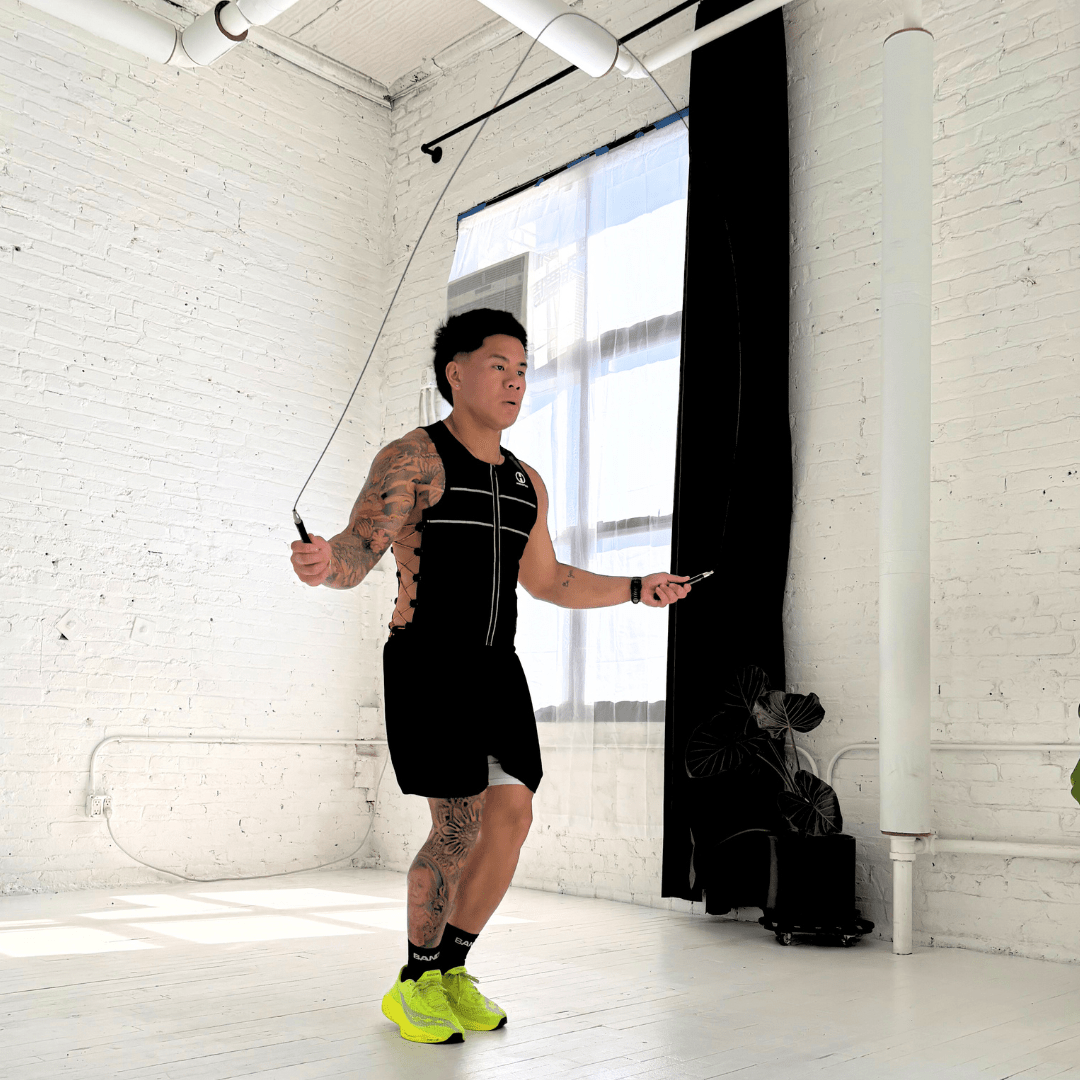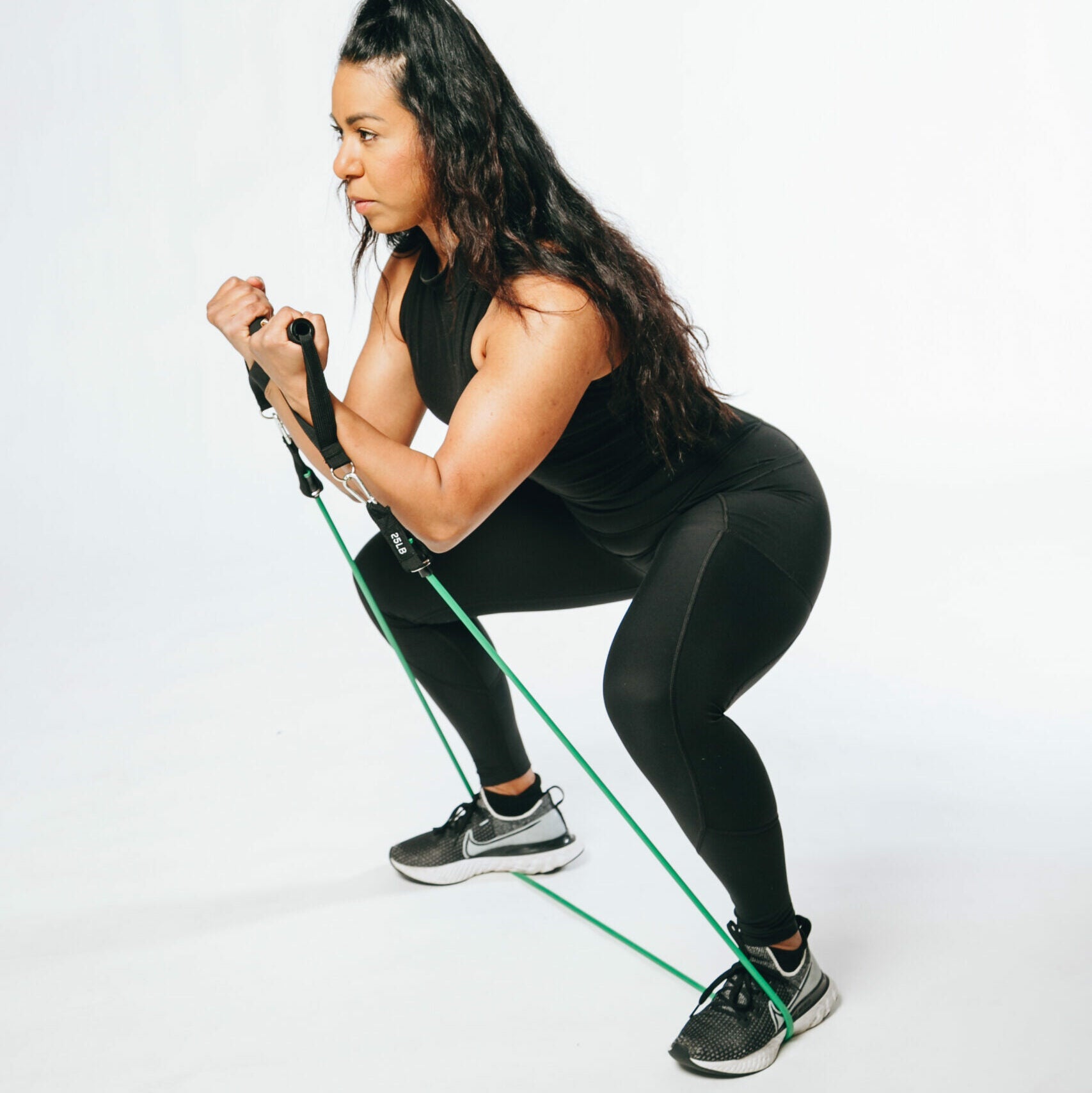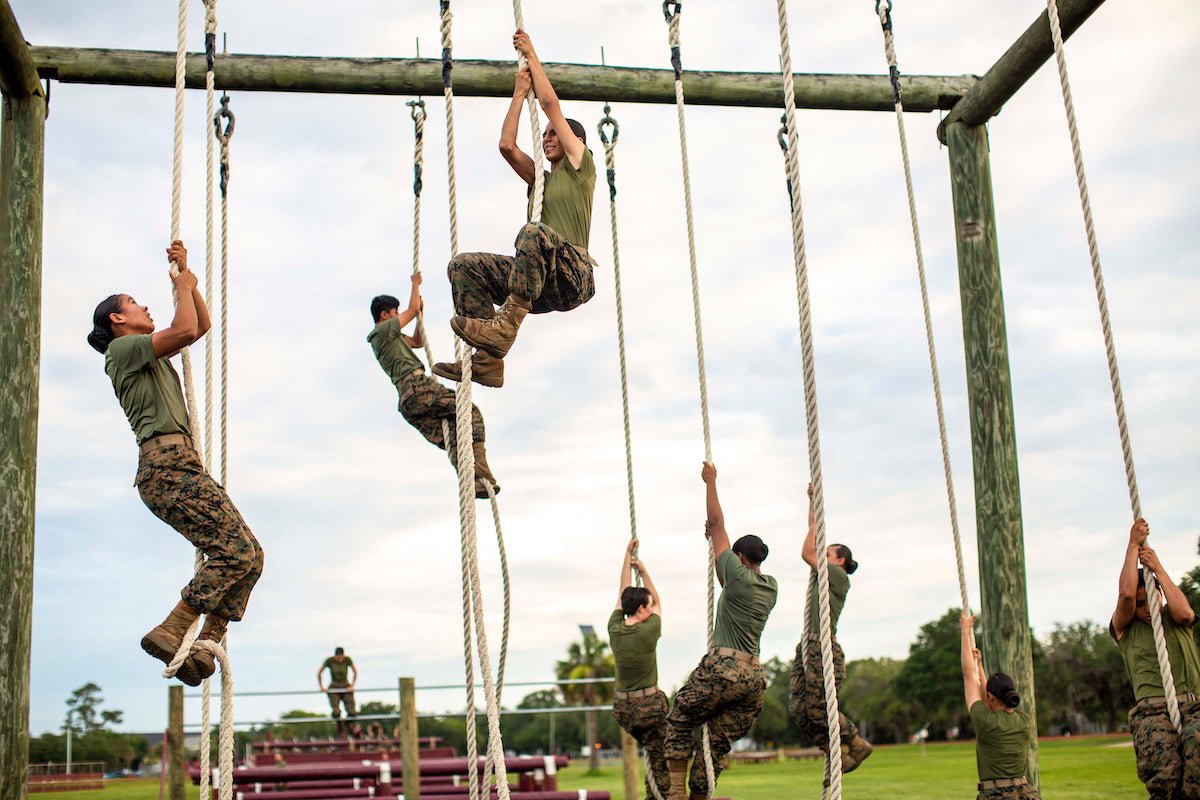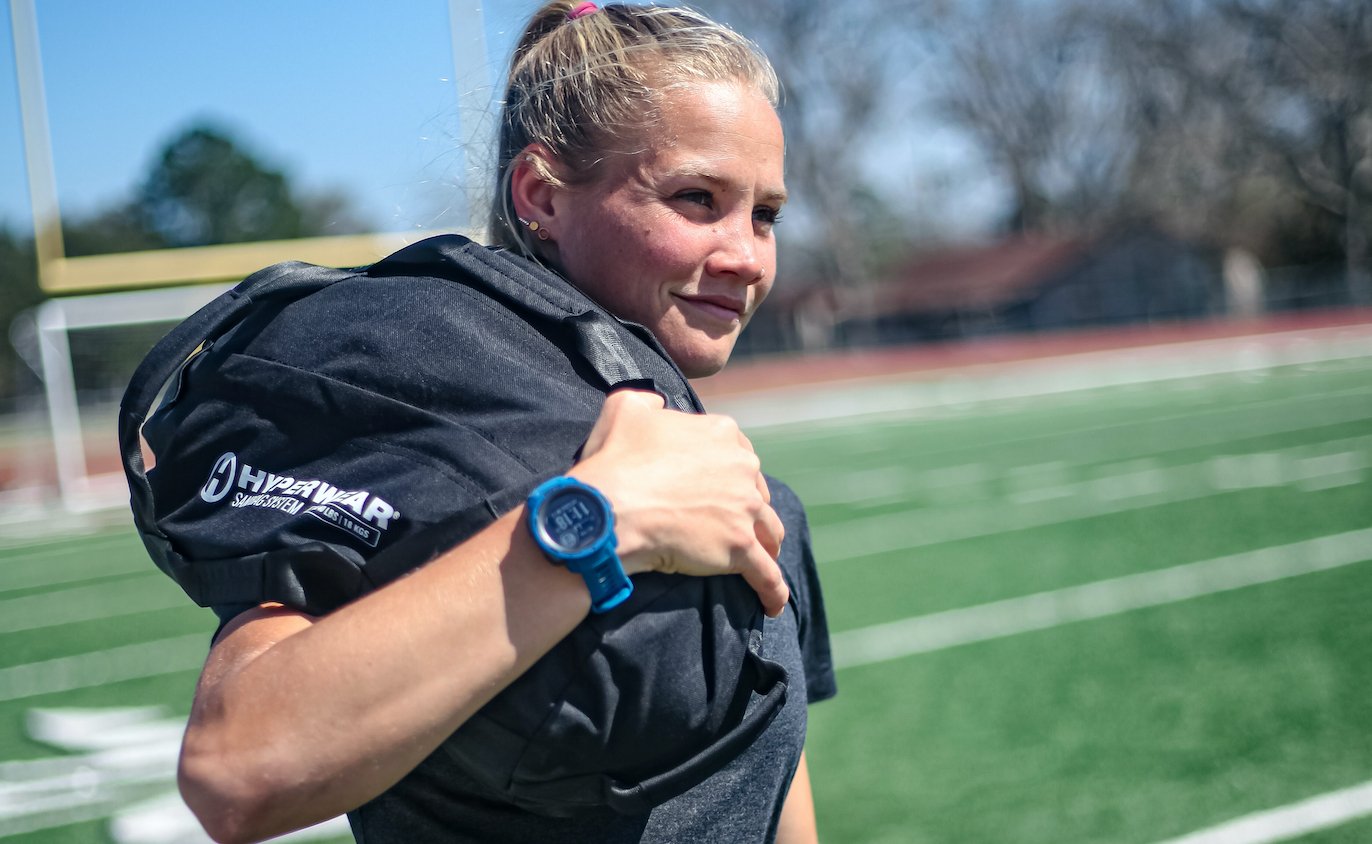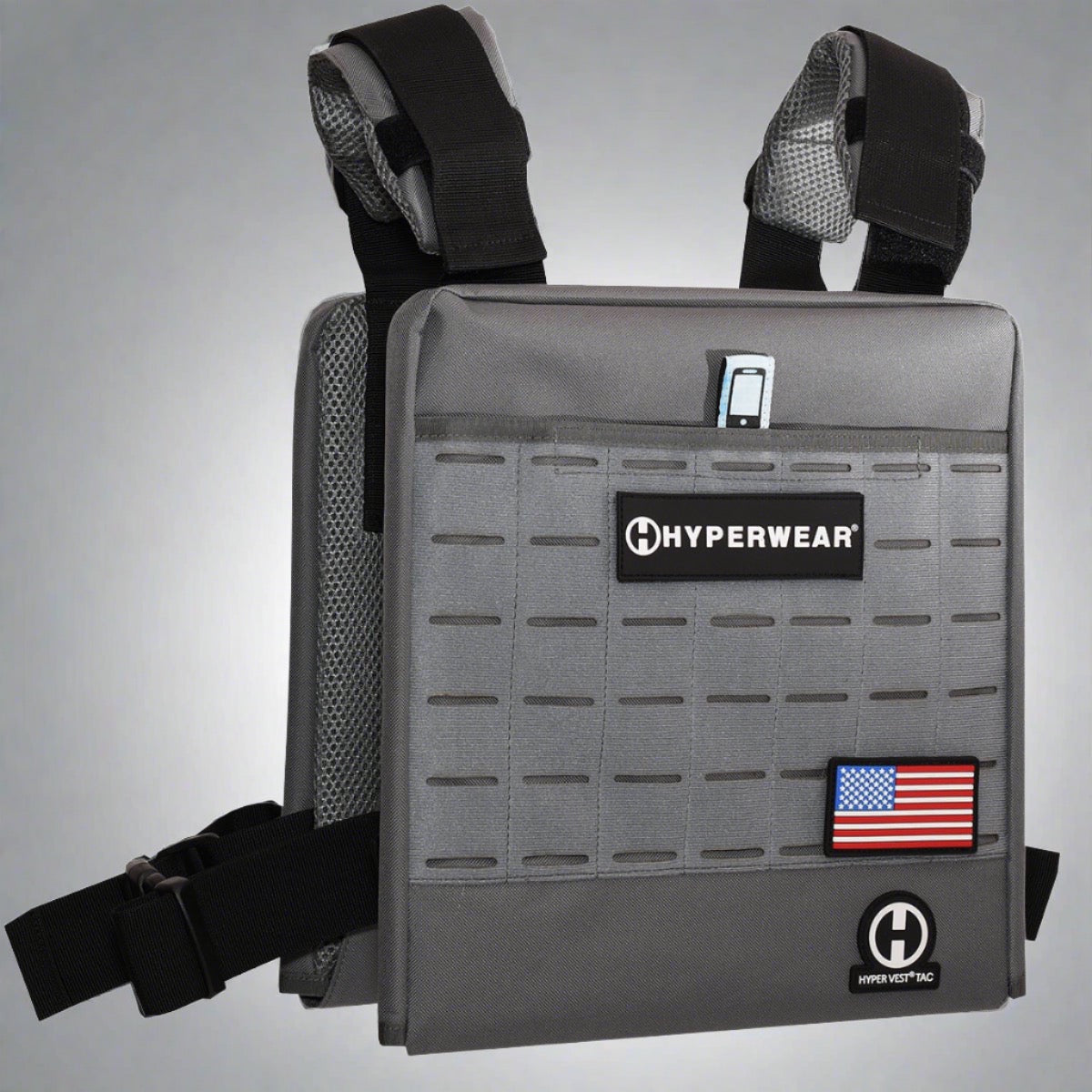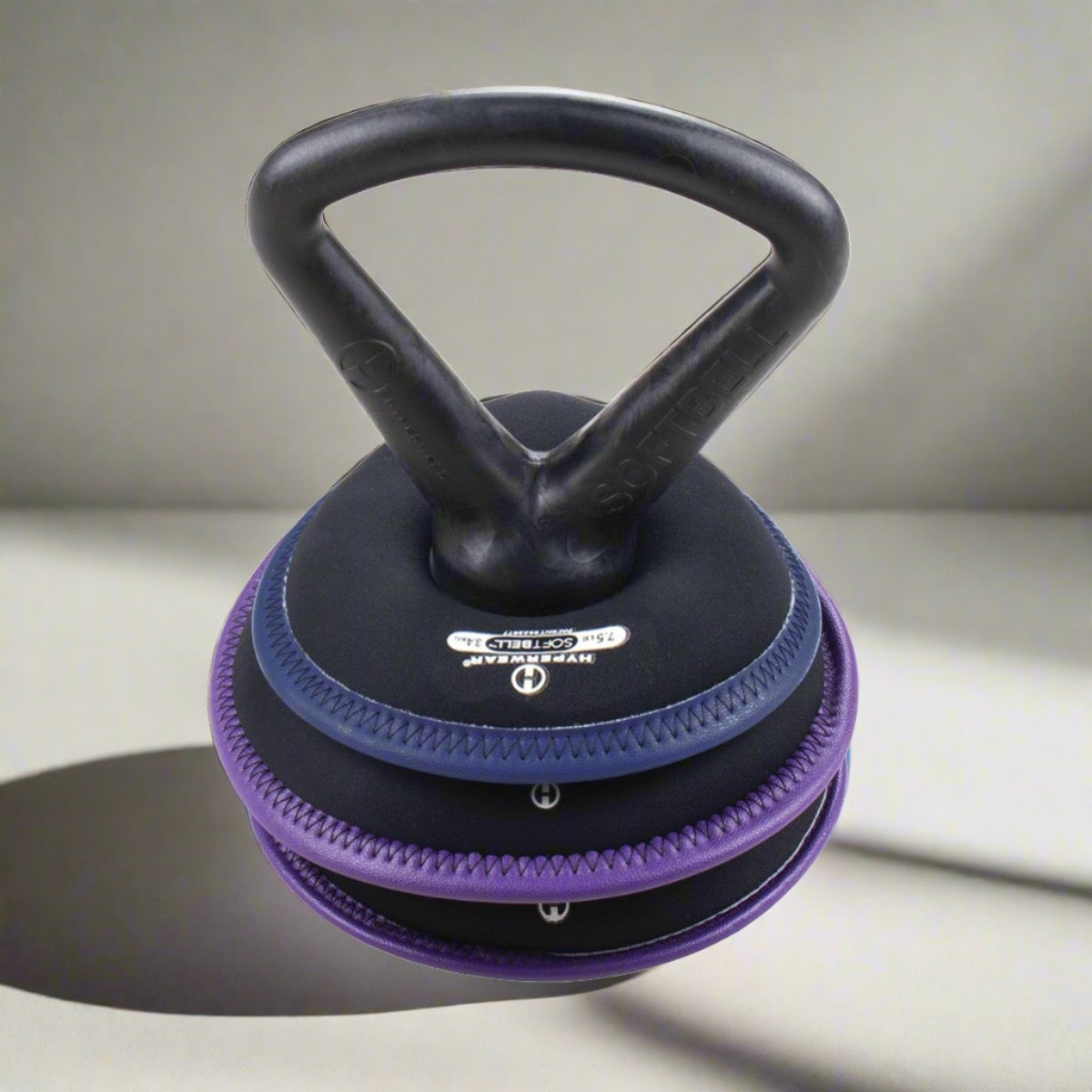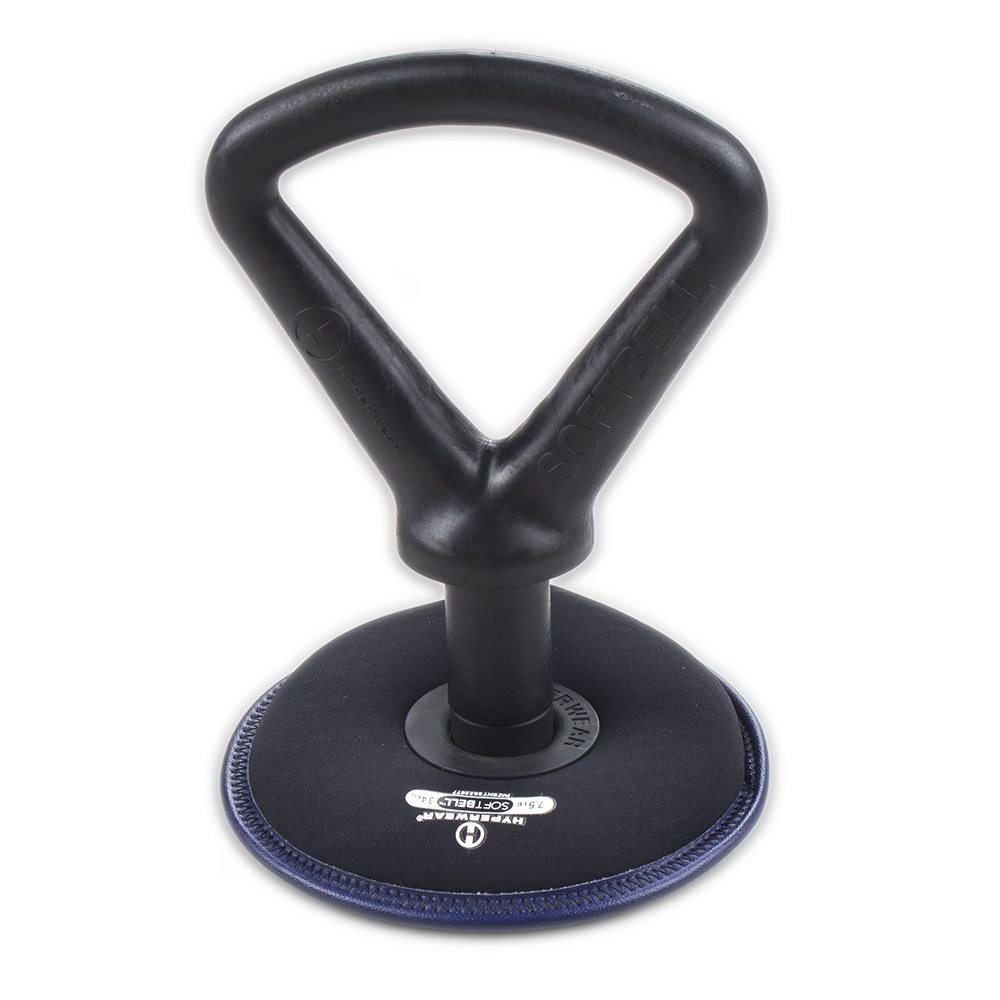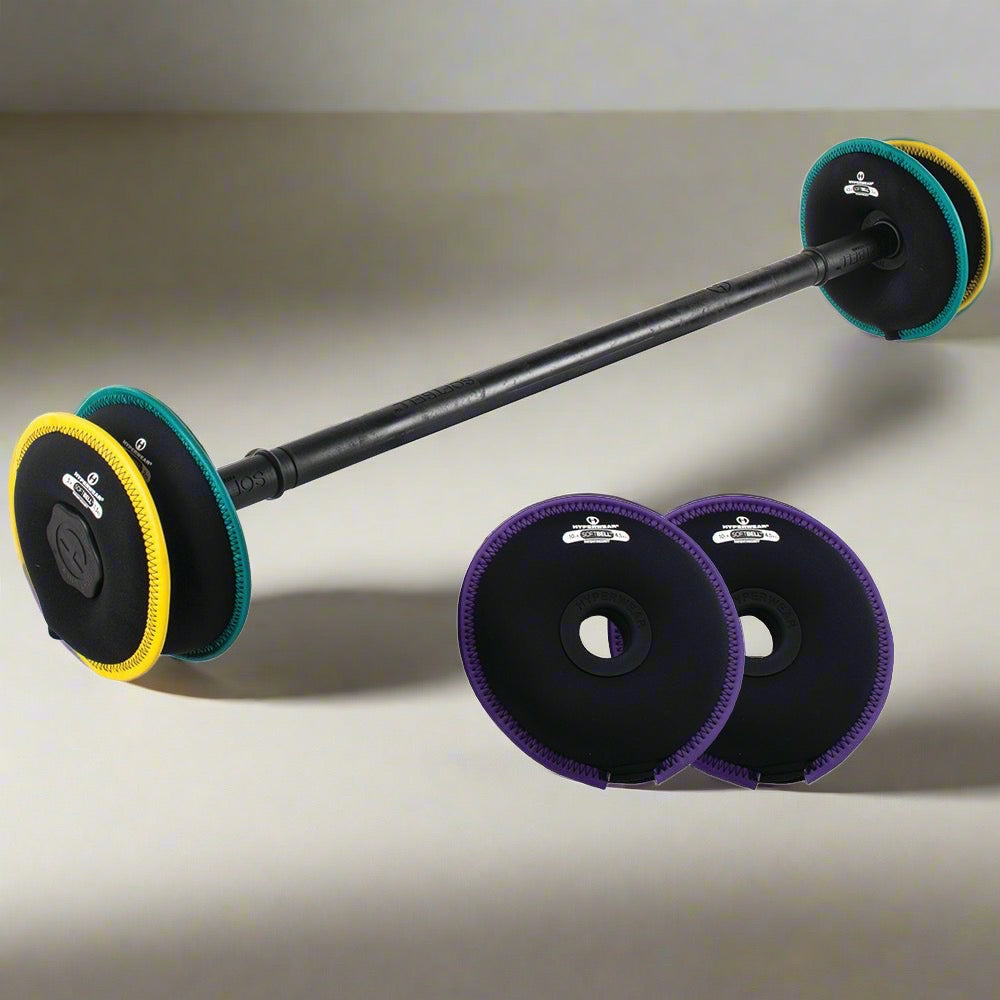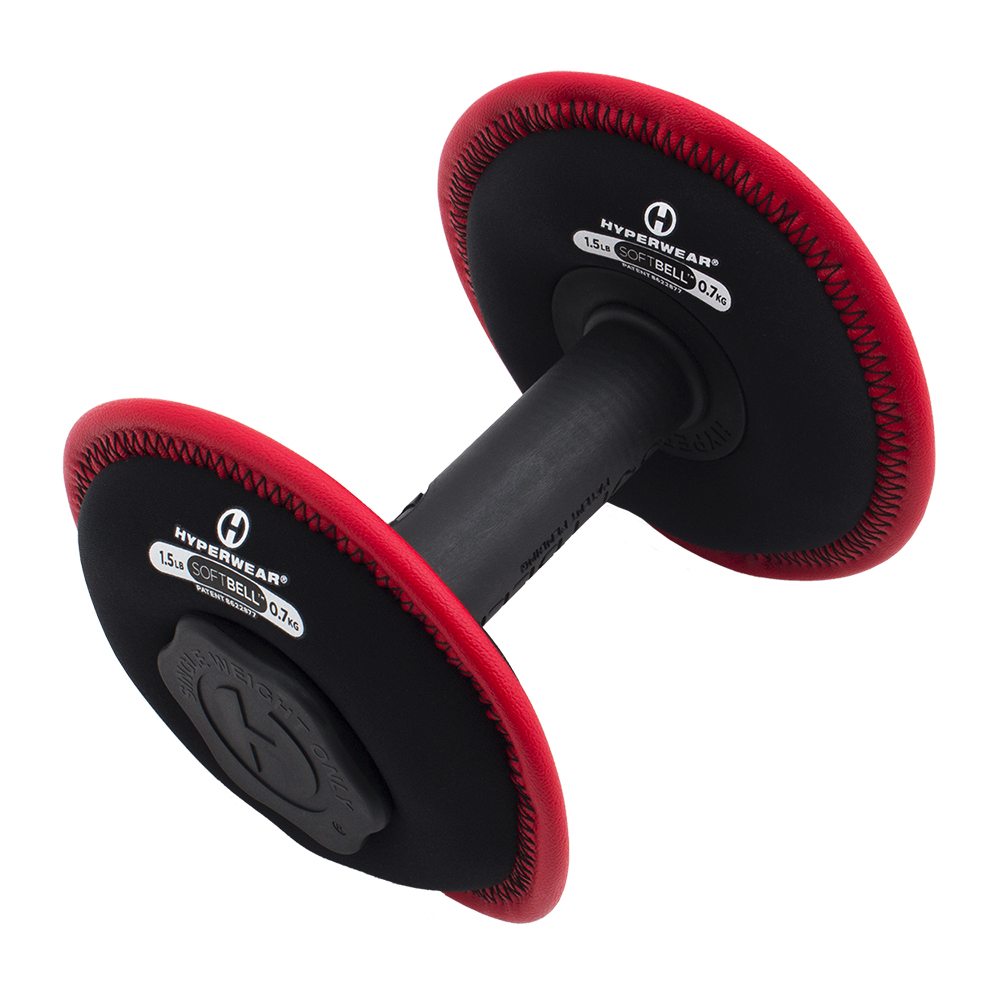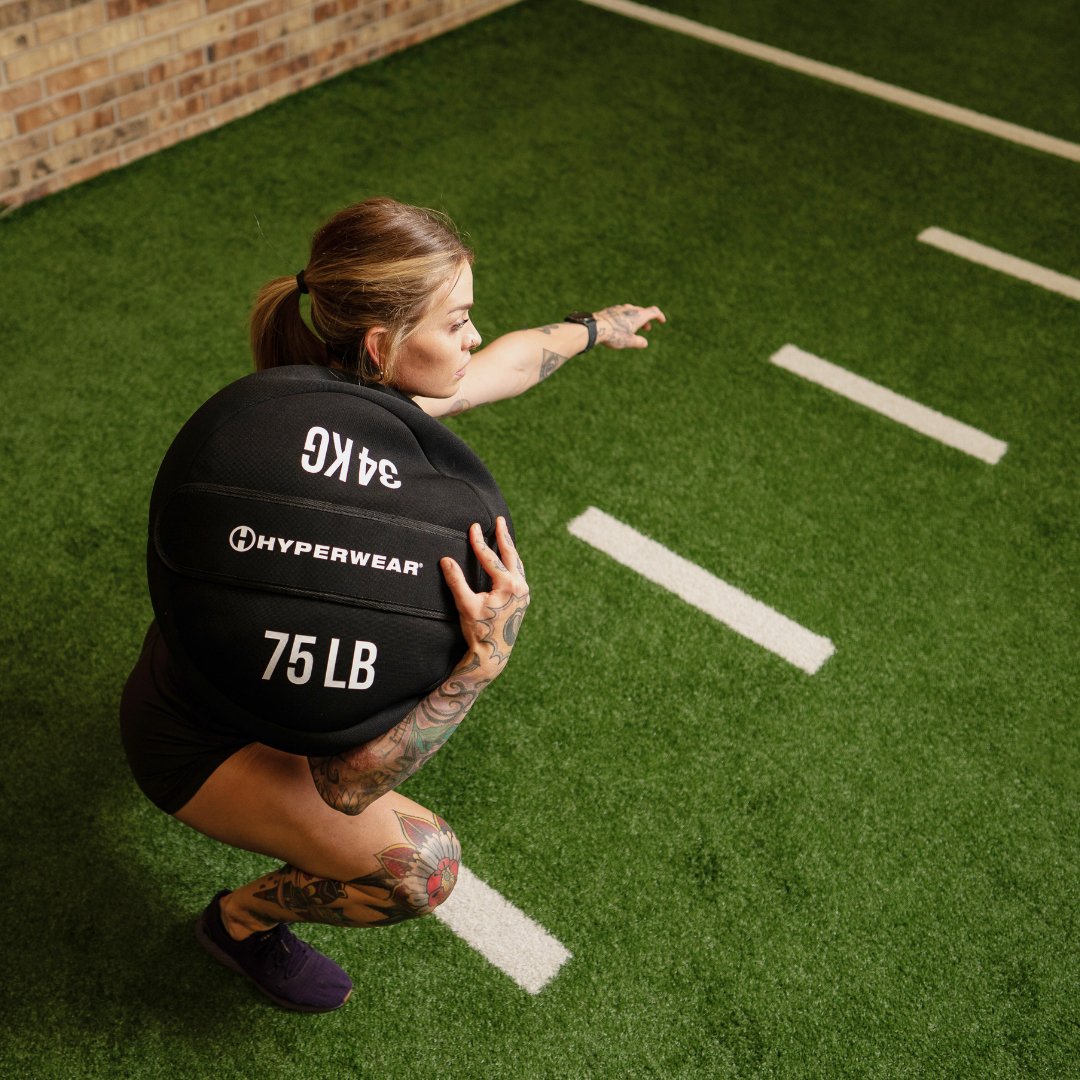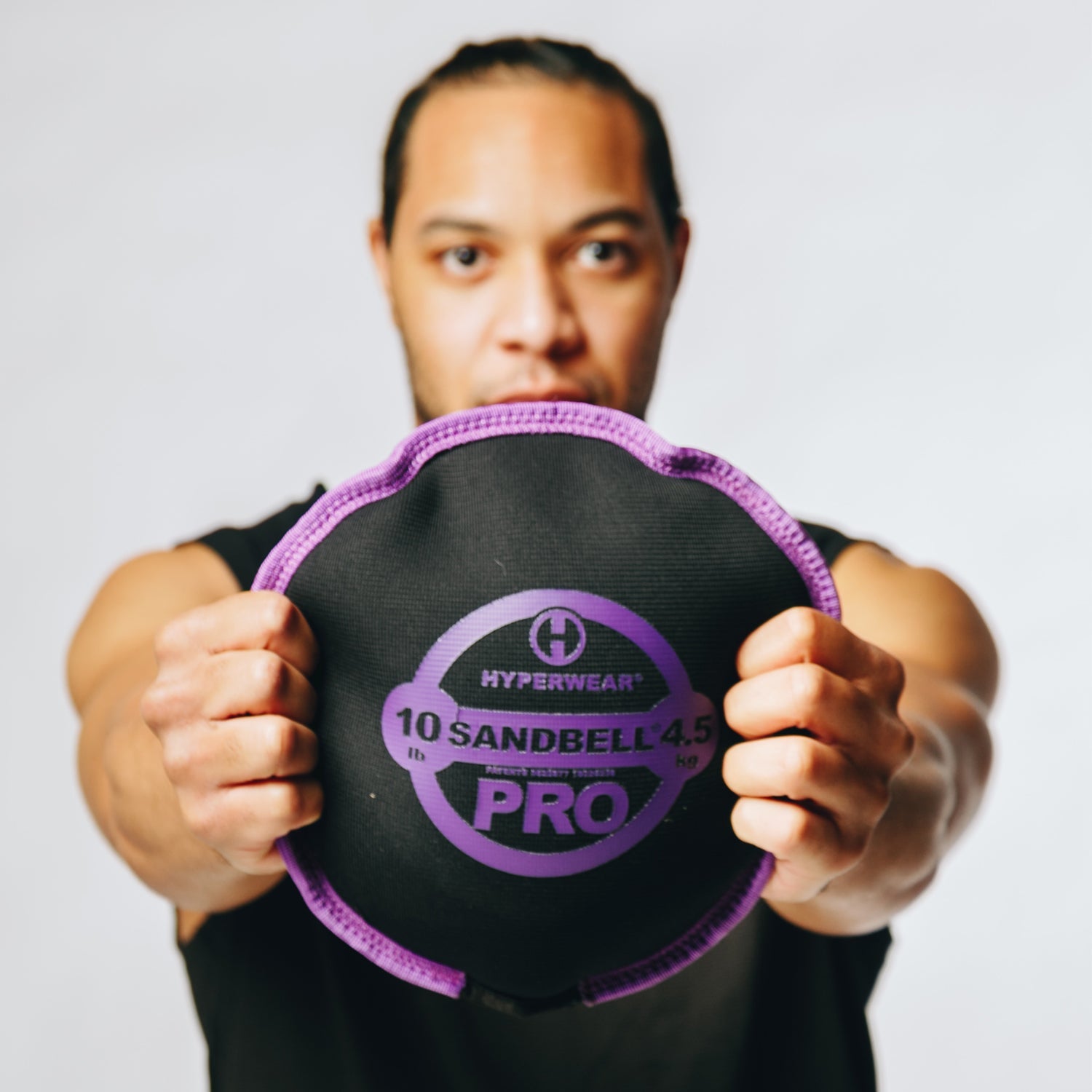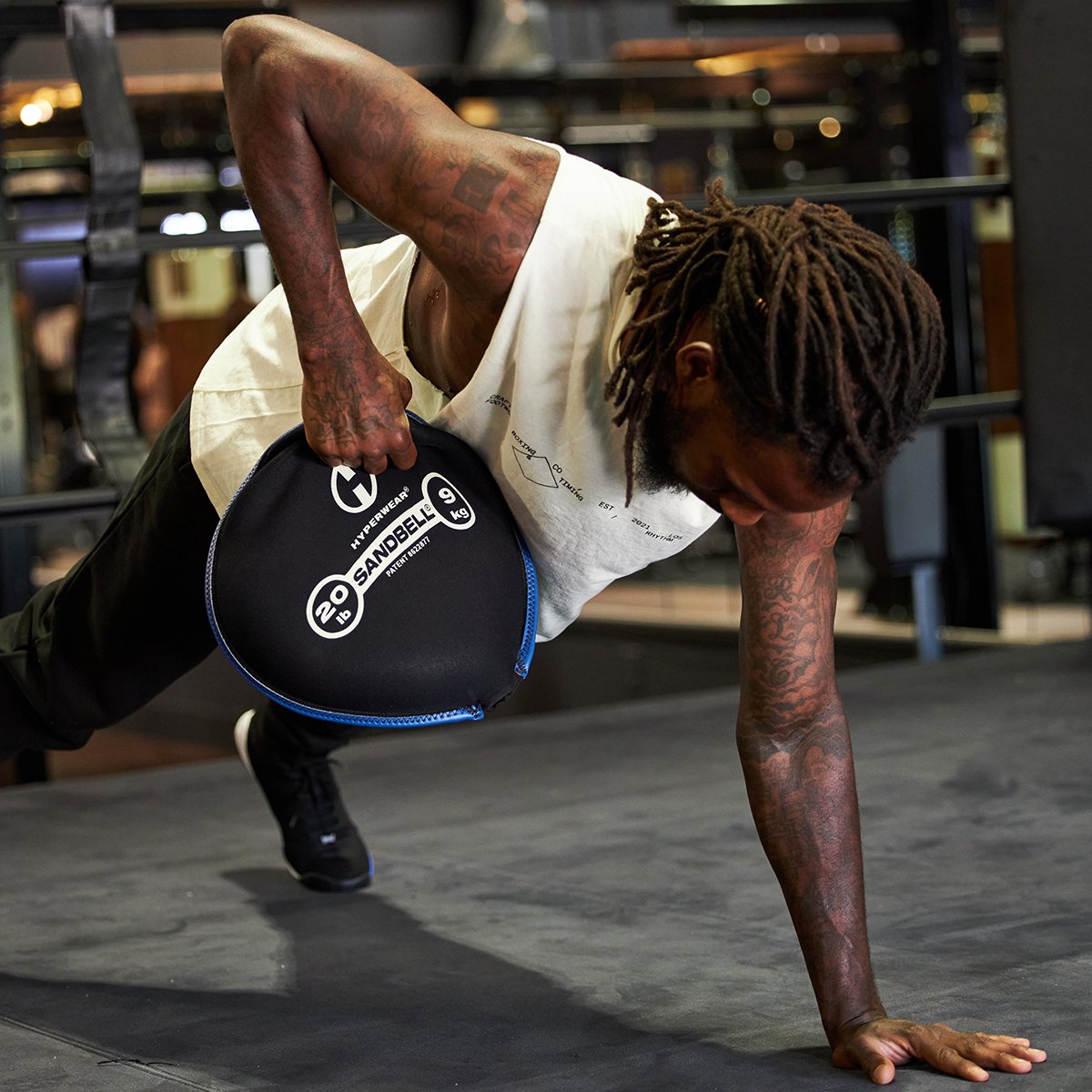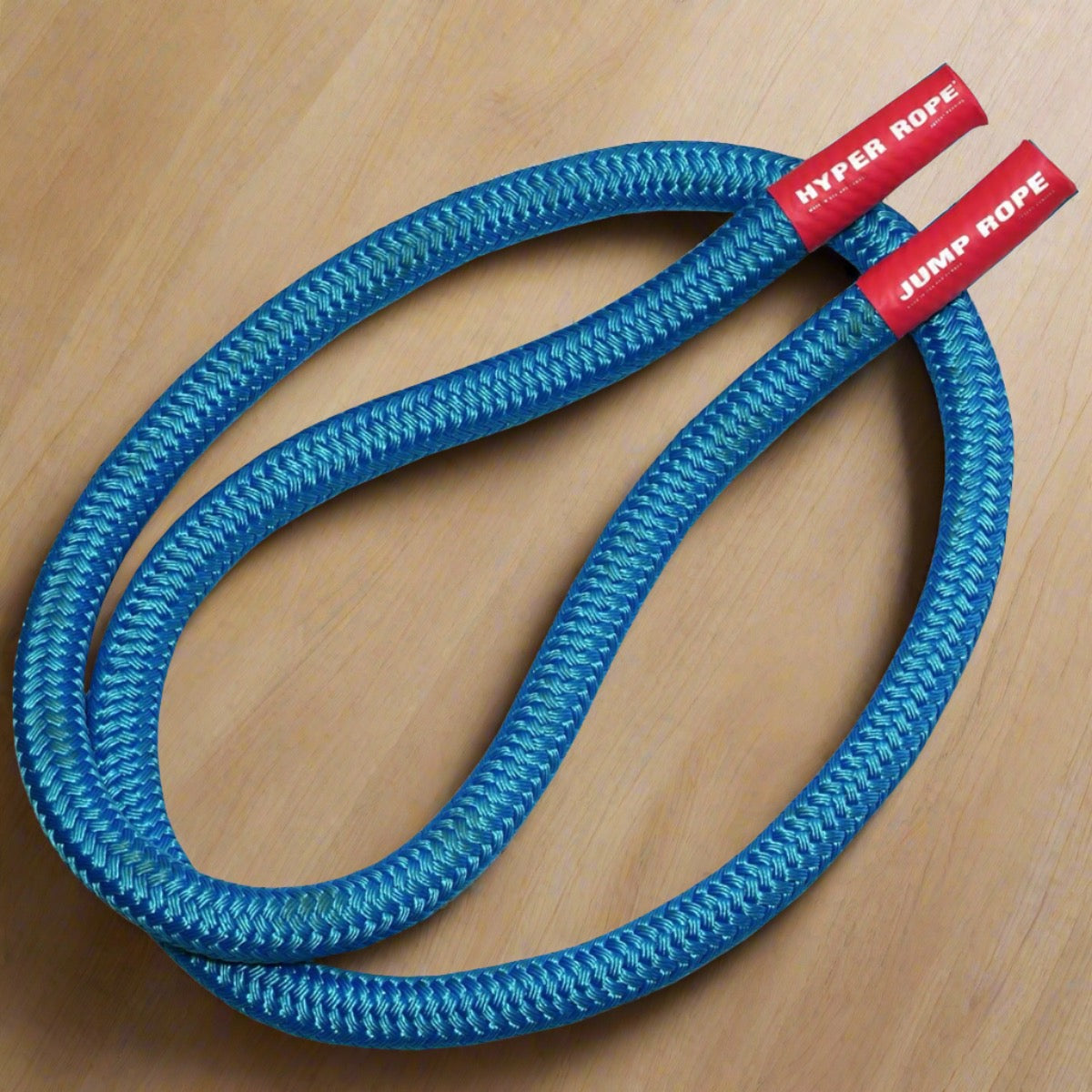Previous
Next
For as long as there has been physical fitness training, the rope climb has been a fundamental intense exercise. Rope climbing is one of the best total-body conditioning exercises that improves muscular strength and endurance, increases coordination and agility and builds stamina and proprioception.
For CrossFit athletes in the games or doing a WOD, competitors in obstacle course racing like Spartan Race or anyone who wants to boost their fitness level, a rope climb training plan is essential. Unlike working intuitively with battle ropes or weighted jump ropes, rope climb strength training is a distinct skill that most people must work up to with practice.
In fact, rope climbing can complement your pull up regimen or help you start one. It improves grip strength and muscular endurance in the biceps, forearms, lats, rhomboids, trapezius and core. While your rope climbing training routine may vary according to your ability and goals, consider these recommendations.
HOW TO CLIMB A ROPE
Exercise Progressions and Rope Climb Drills It’s important to develop a good foundation before attempting to climb a rope. Try some of the following exercises as part of your rope climb training plan.- Pull ups, chin ups and push-ups – These are great practice to lift and lower your own body weight and strengthen the upper body and core.
- Lat pulldown – Using a selectorized, plate-loaded or cable machine, perform lat pulldowns with heavy resistance.
- Sled drags – Attach a rope to a sled and pull it toward you, hand over hand, to get more comfortable with this motion and the rope’s surface.
- Supine to standing rope climb – Hang a rope from a pull up bar and lie on your back on the ground, straddling the rope. Climb up the rope, using the feet to come to a standing position. Then climb down the rope and return to a supine position.
- Weighted rope vertical pull – Tie a dumbbell or kettlebell securely to one end of a rope and throw the other end over a pull up bar. Pull the rope to raise the weight to the pull up bar. Increase the weight over time.
- Rope hang isometrics – Hold the rope with one hand above the other and pull up into a bent elbow position until your feet are off the ground; gradually increase the amount of time hanging in a stationary position.
- Grip the rope, one hand above the other, with the tail between the legs.
- Pull yourself up by bending at the elbows. At the top of the lift, reach up to a higher part of the rope with the lower hand. Repeat this process to reach the top of the rope.
- Keep the rope between your feet and bring your knees up to your chest. Then pinch the rope again between your feet, and reach up with your other hand.
- Or you can use the S-Wrap technique for the legs:
- Have the rope pass around your right leg and wrap around the outside of your right foot and onto the shoelaces. With your left foot, pinch the rope against your right foot. This gives your upper body a little break by standing on the rope.
- Pull yourself up on the rope with your hands, then unwrap your feet and raise your legs before reestablishing the rope wrap and standing on the rope again.
- Another more progressive leg option is the J-Hook technique
- Bring the rope to the outside of your right foot and then under the arch. Pull the rope up with your left foot and push down with your right foot.
- Pull yourself up on the rope with both hands, then establish your grip with your feet. Stand up and repeat.
- Have a spotter when you climb in training
- Use a pad when training
- Climbing ropes should not be too long – excess rope on the ground can cause a bad sprain when you descend
